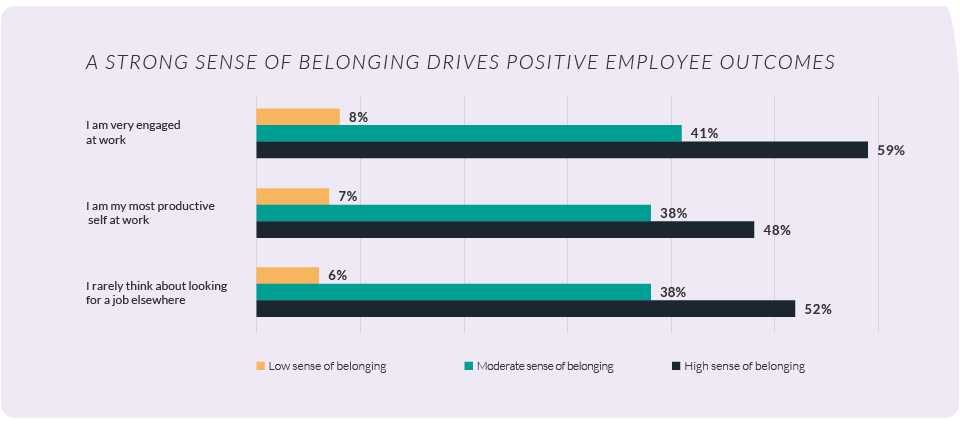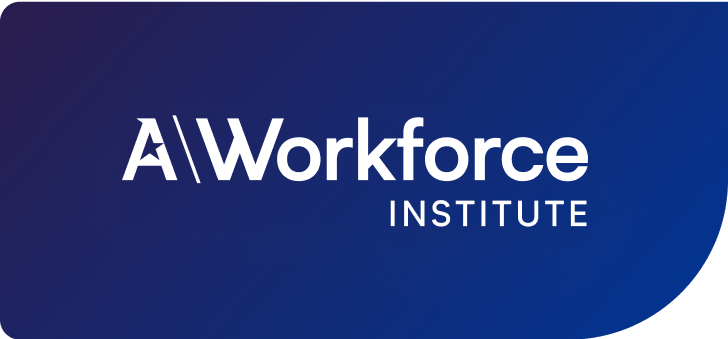Belonging basics: The what and why of belonging at work
Part one of The Belonging Blueprint
Updated on November 21, 2023

This resource is brought to you by:
Topics Covered:
Attracting and retaining talent
Belonging and DEI
Employee engagement
What makes employees feel like they truly belong at work? And why does it matter?
Achievers Workforce Institute (AWI) spent years researching these questions, uncovering the impact of belonging on engagement, retention, and performance. And now, we’ve brought it all together with part one of our Belonging Blueprint.
Understanding the belonging basics for HR is essential to creating an inclusive, high-performing workplace. Ready to learn what belonging really means, why it drives business success, and the key factors that make it happen? If you want to create a workplace where everyone feels valued, this is where to start.
Why should HR and business leaders care about belonging at work?
What’s the real impact of belonging at work? Does it actually make a difference?
The answer is yes — both for your employees and your business. When people feel like they truly belong, they’re more engaged, productive, and likely to stay. And as an HR or business leader, you’re not just shaping the culture — you’re part of it. A workplace where belonging thrives benefits everyone, including you.

Master the belonging basics for HR: Unlock a more engaged workforce
Imagine a workplace where every employee feels seen, heard, and valued — a place where belonging is at the core of your company culture. This isn’t just a dream; it’s a powerful strategy that can transform your business.
In this report, we’ll show you how to:
- Attract top talent by showcasing your commitment to belonging
- Onboard employees effectively to create lasting connections from day one
- Increase engagement and retention through a culture that truly supports employees
- Use data-driven insights to track and improve belonging across the employee lifecycle
Ready to create a culture that drives real business results? Download Belonging basics: The what and why of belonging at work and learn how to make meaningful change across your organization.

Join our mailing list
Stay up to date with the latest in workforce science from Achievers Workforce Institute.
